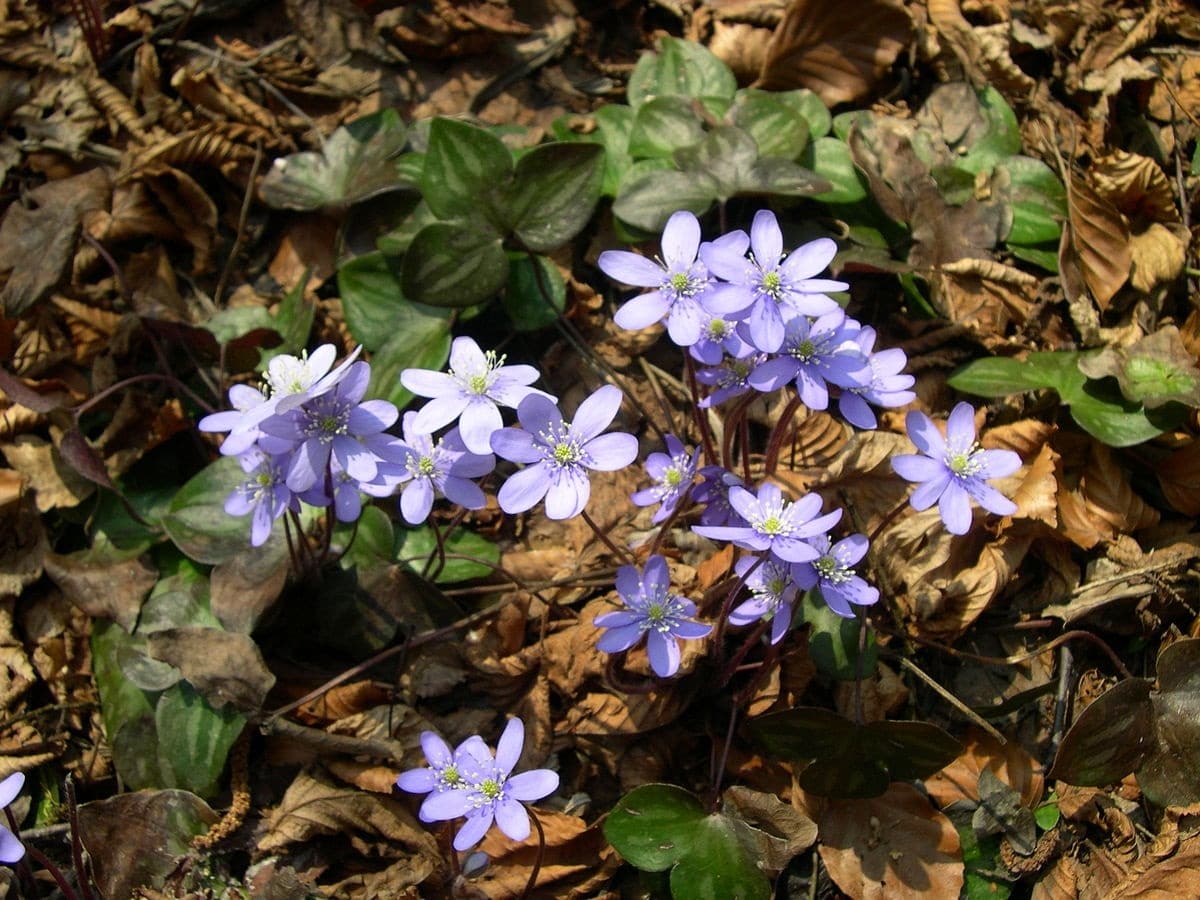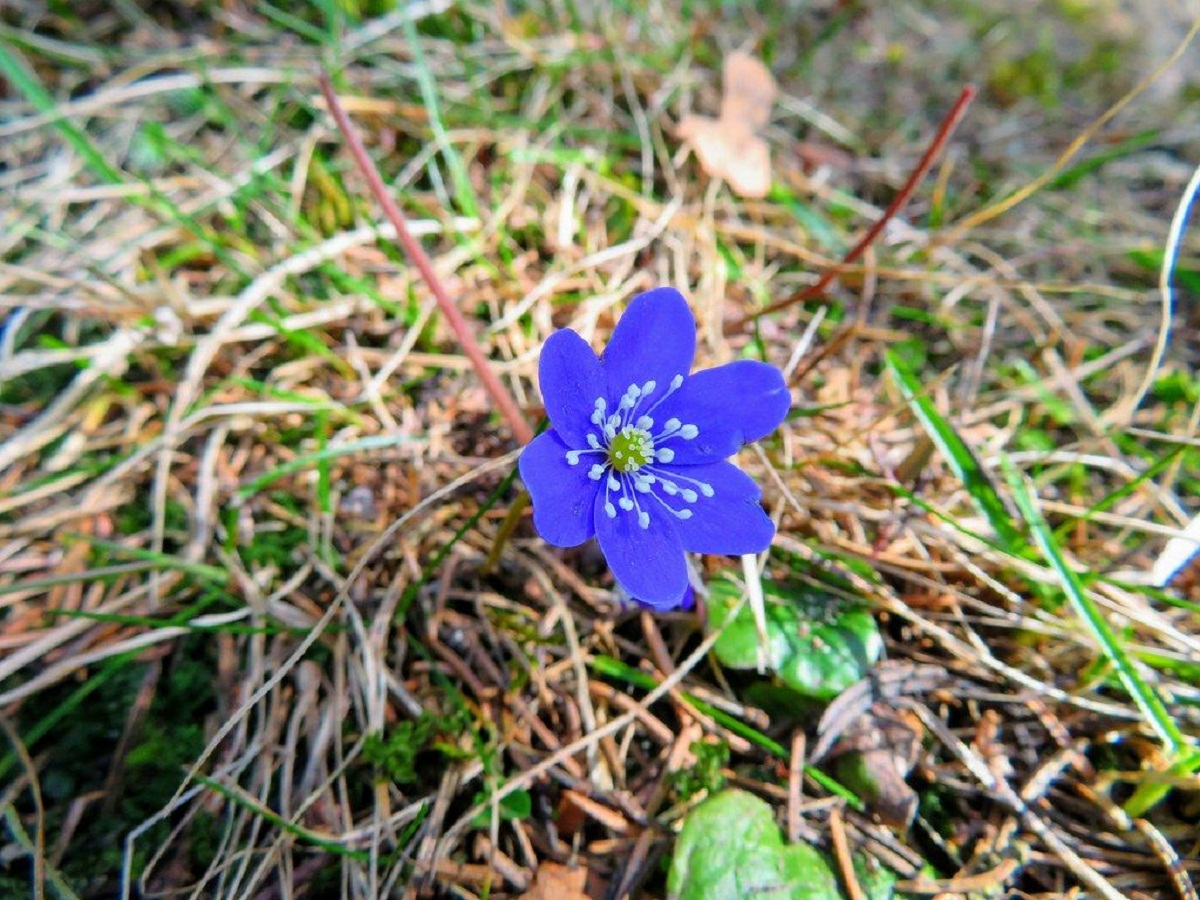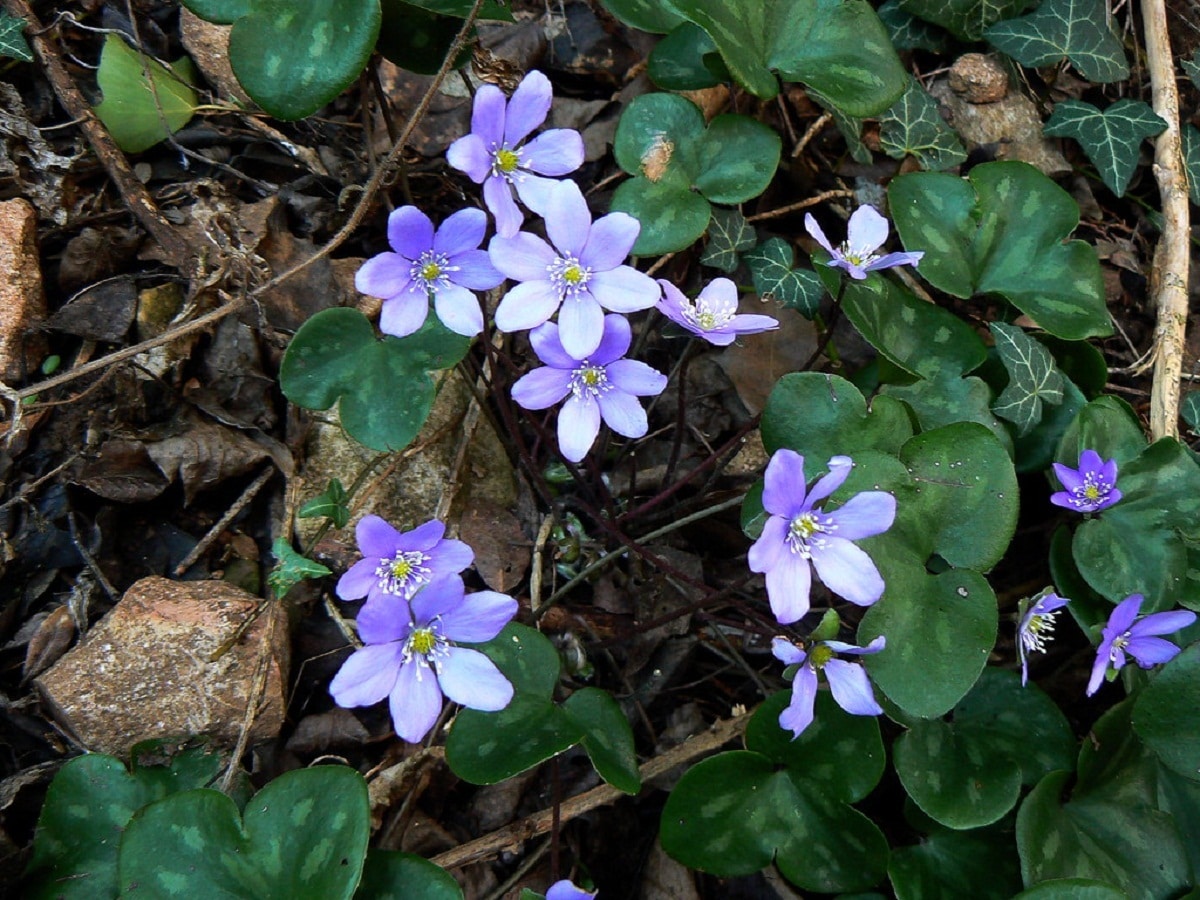
La Hepatic anemone or better known by the name grass of the trinity is a small plant whose visual features make it large. In the sense that the colors of its flowers are showy and many stand out before the eye. It is known by this name because it has three lobes on each of its leaves. However, this little plant has a lot to offer.
In this article, in addition to knowing the basic aspects of the trinity herb, you will know some points that may be beneficial to you and you will want to have them near your crops or garden in the backyard of your home.
Description of the Hepatic anemone

It is a plant of small proportions, and to be specific, about 20 cm tall. The plant is made up of a series of tough fibers. It can be easily identified by the shape of its leaves, in addition to the fact that they have fluff and the leaf itself has a dark green color, which makes the flowers stand out even more.
It is commonly a plant that usually grows at the base of larger trees. They have the characteristics that their growth comes directly from the root. From according to soil conditions, nutrients and other aspects, the flowers of the plant can be blue or white. Although there are times when the plant blooms with a light pink color.
La Hepatic anemone or liver herb as it is also often known, tend to grow in wild places in Europe, specifically in limestone lands and forests. The curious thing about this plant is that in the Middle Ages they were used for medicinal purposes. Today they are still used for the same purposes but at the same time it is serious when gaining them ingests them by mistake.
While it is beneficial for humans, it is not beneficial for livestock. It is mainly due to the high content of anemonol when it is ingested freshly cut or directly from the main stem. On the other hand, once the plant is completely dry, it tends to become harmless.
Habitat
Trinity grass is a plant that prefers to live in wooded environments and that the soil is rich in clay. Although its appearance and growth have also been evidenced in soils with a certain amount of lime and grasslands.
Although not mentioned in the previous section, this species is native to the eastern United States. It has a large area in northern Iowa, as well as on the southern Florida peninsula.
This is an indication that it is a plant that is usually seen in lowlands. Anemone hepatica has even been found in Allegheny. Of course, these are not the only places where this species can be found.
Because there are some variations of Hepatic, it can be found in many parts of the world. This includes the Asian and European continent. Its appearance in many parts of the world is mainly due to its great resistance and deep-rooted characteristics.
Uses

Of course, in order for them to survive they need a place to grow which has optimal drainage. In the middle Ages It was used to treat liver complaints, bronchitis, and gout.
It currently has more specific uses such as homeopathic treatments. Sure this not scientifically verified yet. However, those who have used this plant to relieve liver ailments have seen better.
Even home remedies have been made with the liver to the point of applying it to treat skin diseases such as ulcers, pimples and some wounds that take time to heal. Also, can use in poultice form to be able to treat neuralgic problems and rheumatism.
Only that it is a plant a little difficult to find but that in the same way, it has excellent beneficial properties for certain types of pain. You have the great advantage that it is in multiple territories around the planet.
Not to mention that they have a very simple but very beautiful appearance that if you manage to add it to your collection of plants in your garden, you will give it a more natural touch.